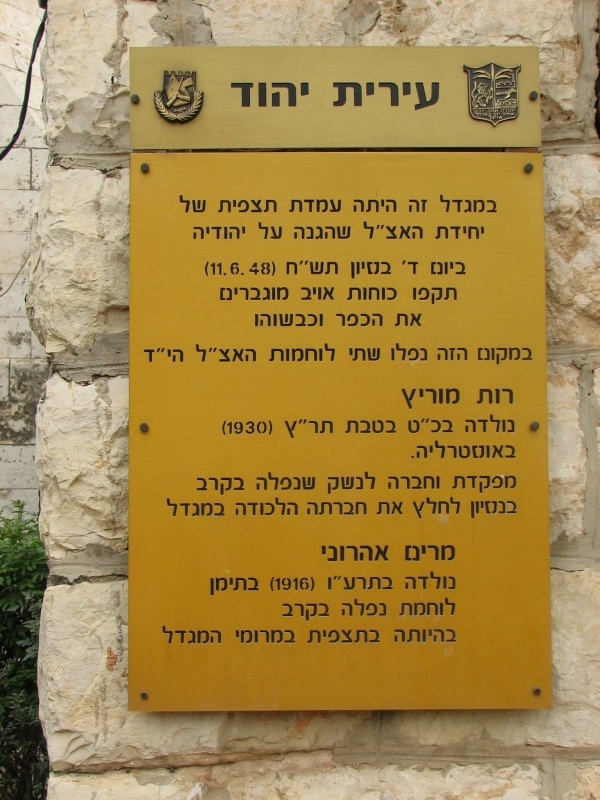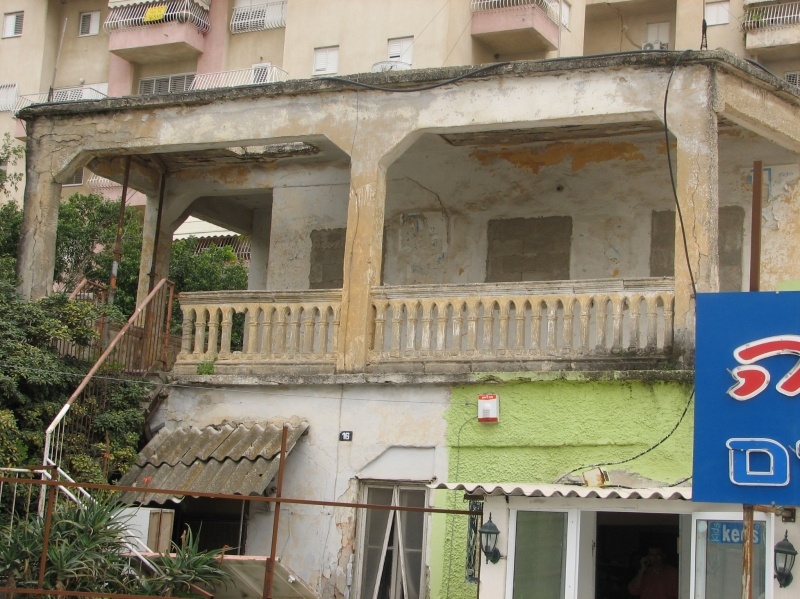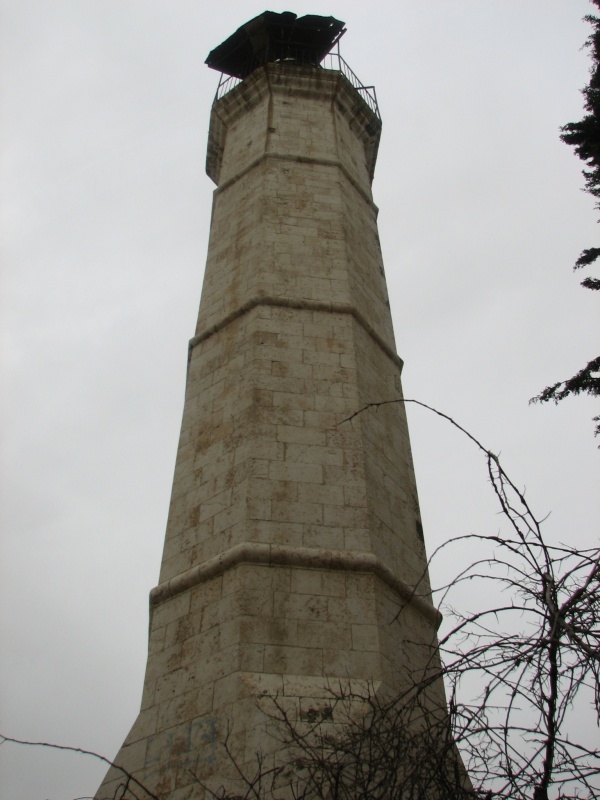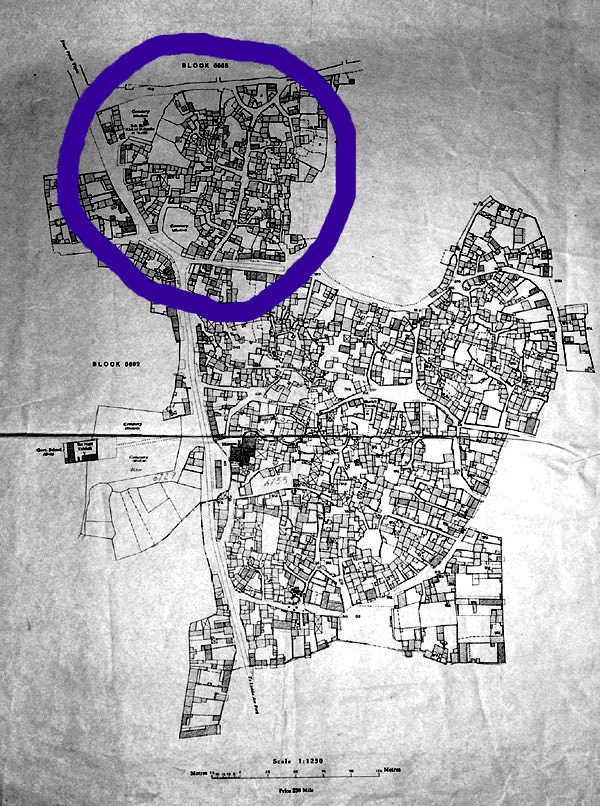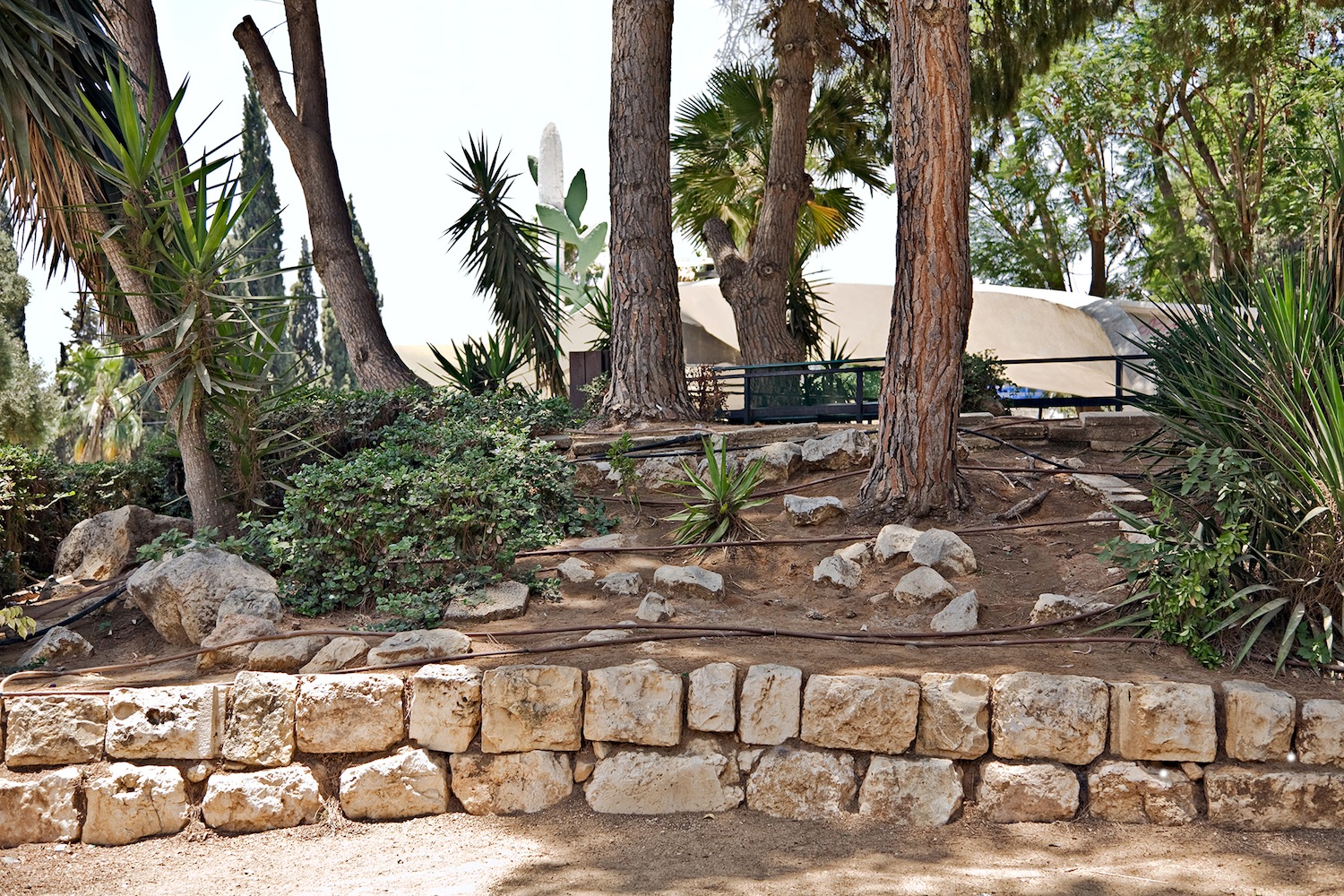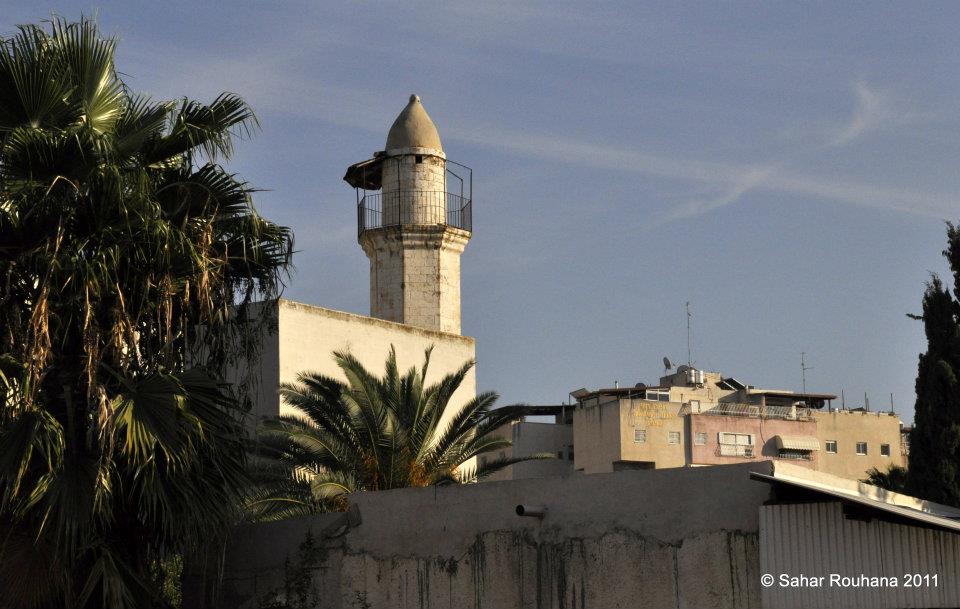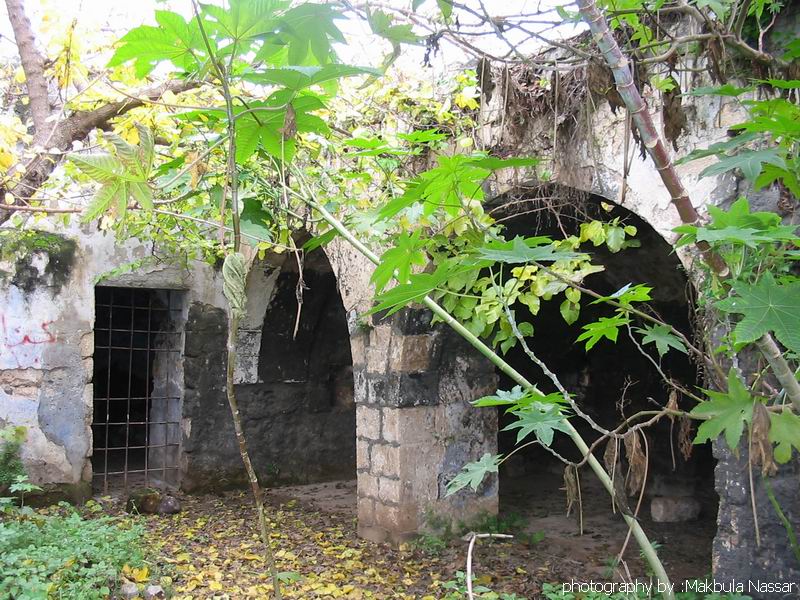Info
District: Jaffa
Population 1948: 6550
Occupation date: 10/07/1948
Occupying unit: Irgun (Etzel) & IDF
Jewish settlements on village/town land before 1948: None
Jewish settlements on village/town land after 1948: Savion, Magshimim, Ganei Tikva
Background:
The village stood on flat terrain on the central coastal plain, 13 km west of Jaffa. It was connescted by highways to Jaffa, Lydda and al-Ramla. The Jaffa-Lydda railway passed immediately south of the village, and Lydda airport lay 4 km to the south.
An attack was carried out on the village by the Irgun Zvai Leumi (IZL) on 13 December 1947 (the Jewish holy day of Chanukka). The History of the Haganah reports that the Irgun, acting in conjonction with a number of simultaneous raids on town and villages across the country, infiltrated the village in four vehicles, set off explosives charges near several of the houses and left. The New York Times put the number of dead at seven, with seven others seriously wounded, two of whom died later. Five other casualties were reported in subsequent days. The report said that the twenty-four attackers were disguised as British soldiers, adding that they “shot up Yehudiya, blew up a number of houses and threw hand grenades into others.” The Times correpsondant also wrote that “one group opened fire on villagers sitting outside a cafe while the rest of the invaders put time bombs against houses and threw grenades to discourage interference.” The Palestinian newspaper Filastin said that the attackers had left a booby-trapped car in the village which had exploded and caused some of the casualties. According to the neswpaper acocunt, British troops arrived at the scene while the attack was in progress but failed to intervene. They only partially encircled the village, leaving the attackers with na escape route on the north side of al-'Abbasiyya. Another Zionist force struck at the village on 24 February, according to an official British communiqué quoted by Filastin. Two villagers were illed when a car belonging to the Jewish Sttlement Police sped through the village and hurled a grnade passers-by.
In the late April, the Haganah began Operation Chametz, which was designed to occupy a number of villages to the south and east of Jaffa, thus isolating the city and facilitating its conquest. Irgun forces also organized a frontal attack of Jaffa that began on 25 April 1948. Four days later, when Operation Chametz was carried out, the Haganah's alexandroni Brigade took control of the region around al-'Abbasiyya. The village itself was occupied by the Irgun on 4 May as part of the general Haganah plan to expel Palestinian villagers from the coastal area between Tel Aviv and the Jewish settlement of Zikhron Ya'aqov, south of Haifa. A New York Times story said that the attack began on the night of 3 May and that its first pahase was over by 6:00 A.M. The following morning. Al-'Abbasiyya was held by Irgun forces for five weeks, according to the History of Haganah. The IZL units were forced to withdraw from from the village after an Arab counterattack on the eve of the first truce of the was (11 June). It was then attacked again by Israeli forces in Kafr 'Ana, and the battles aound the village continued “spasmodically” for a couple of days into the truce, according to the Times correspondent.
The village remained in Arab hands for about a month. When the truce expired, it was recaptured during Operation Dani, along with a cluster of villages East of Jaffa. This occurred on 10 July, during an attack by units of the Israeli Home Guard. According to the History of Haganah, the village fell “practically without any fighting.” Half a dozen neighboring villages were taken in the same offensive, which a Times report describeb as an “enveloping action” coordianted with the attack against al-Ramla and Lydda. The village's inhabitants were probably expelled during the 3 May attack.
On 13 September 1948 Prime Minister Ben-Gurion asked for the Israeli cabinet's permission to destry this village. Under a newly passed regulation, the Ministral Committe for Abandoned Property had to approve requests made for the destruction of villages. The request was made in the name of the commander of the Central Front, General Zvi Ayalon, on the ground that there was insufficient manpower to completely occupy the area. Israeli historian Benny Morris described this sequence, but does not clarify whether the request was implemented in full. Indirect evidence indicates that it was not, for a recommendation was made ten days later by the Israeli Military Government to settle Jewish immigrants in the village, probably in the houses that were still standing.
The settlement of Yehud was established on the village site in 1948. One year later, the settlement of Magshimim was built to the east of the site, and Ganne Yehuda, Ganne Tiqwa, and Savyon were built in 1951, 1953, and 1954, respectively. Like Ben-Gurion airport, these settlements were established on lands belonging to al-'Abbasiyya.
The main mosque and the shrine of al-Nabi Huda till stand. The mosque is deserted and beginning to crack in several places; the shrine is made of stone and surmounted with a dome. There is also an Israeli coffee shop, called the Tehr coffee shop, at the entrance of a main street that was called Ziqaq al-Raml (“Sand Lane”). A number of houses remain; they have been occupied by Yehud's Jewish residents or put to other uses. One residentil house, made of concrete, has a slanted roof and rectangular doors and windows; its porch is covered by corrugated metal sheets. Another house, a two-storey, concrete structure with rectangular doors and windows and I tiled, tent-shaped roof, has been converted into a commercial building. The land around the site (only partially covered by construction) has been left untended and is overgrown with pine and Christ's-thorn trees.


